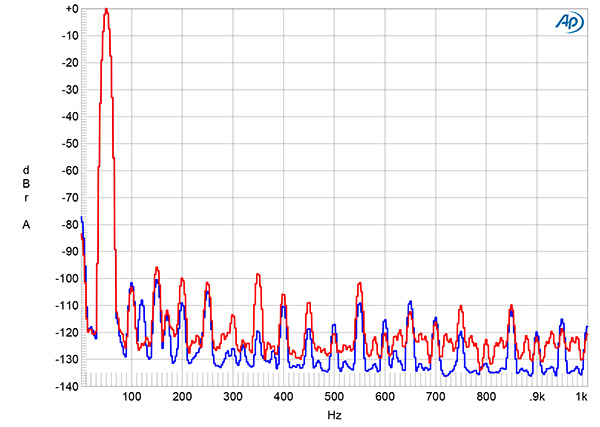| Columns Retired Columns & Blogs |
Thank you, good to know, so nice to read .this brief history about amp types.
I was never a believer in tube amps, they have limited listening hours and lack control and detail. And I was never a believer in class d amps, which sound too cold and artificial. I swear, swear, by toroidal transformer class a/b amplifiers.
Until I was able to buy a new Nad C298 class d amplifier as a real bargain. And this Nad is already a bargain compared to the Nad Master series or competing amplifiers from Primaire or T&A with the same Purifi Eigentakt module. Of from Purifi of couse. Anyway, the Nad C298 now replaces the power amp section of my Hegel H360, which only serves as a USB receiver, proprietary re-clocking and preamp. DA conversion is done via the HoloAudio Spring 3 3.
It was immediately clear, the Nad C298 sounds fresher, clearer, more detail, more crips and attack and with a tighter bass. You can better hear the piano strings vibrating, the fingers sliding over the strings. Then you would say it also must sounds more tangible, more "live" present (in-the-room), more real with all those extra details? But that's the funny thing about human hearing. So no. It sounds also clinical, the feeling, the emotion is gone. In other words, the music is gone. At the Nad, like all the sets of my audio friends, you listen "to a set" and not to "live" present music (in the room). Your ears tell you. I'm exaggerating to make my point, you have to sit down (and listen carefully) to hear the difference, but still, then the difference is obvious. As if the Hegel is squeezing detail to provide more power, to sound more muscular, more mature, more "live" present, while the Nad is doing the opposite, as if it squeezing the power in the bass to bring out more detail to the surface. To sound fresher, younger. I say my Hegel H360 sounds like a Ford GT while the Nad sounds like a Porsche 911. Which one is more fun to drive? It just depends on what you prefer. I can switch with both power amps available. Still, I almost always choose the Porsche. I'm more of an audiophile than a music lover after all. I want to hear everything. The art of omission! Not really I'm afraid.
Probably a (for me) priceless class a/b amplifier can offer the same freshness, clarity, detail with the same crips, attack and tight bass as this Nad while retaining the musicality, the emotion and live (in-the-room) feeling, perhaps but as said that is unattainable and that's why I don't even want to know. I'm happy with my Porsche. And Bugatti ... whatever















































